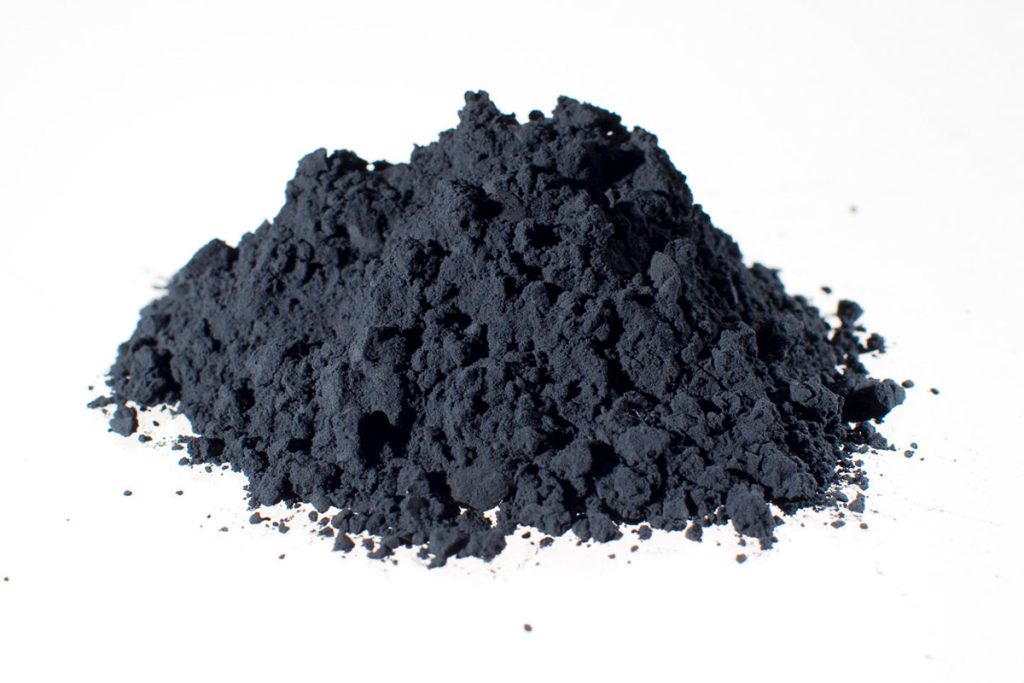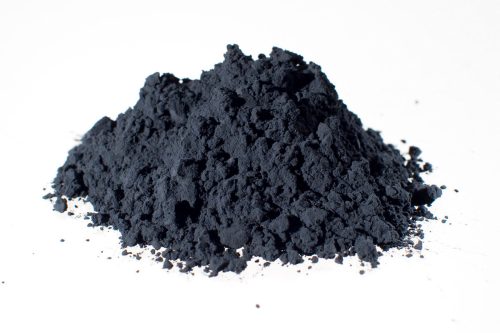Lithium batteries are mainly composed of positive electrodes, negative electrodes, separators, electrolytes, binders, conductive agents, tabs and packaging materials. They are classified according to material form. The positive electrodes, negative electrodes, binders and conductive agents are powder materials, and some solid electrolytes It is a powder material, and some modified separators also contain powder materials.
Positive electrode
Already commercialized cathode materials include lithium cobalt oxide (LiCoO2), lithium manganate (LiMn2O4), ternary cathode material (LiNixMnyCozO2) and lithium iron phosphate (LiFePO4).
Lithium cobalt oxide (LiCoO2): It is a black solid at room temperature. It is an inorganic compound with stable performance, simple and convenient synthesis, high electrochemical performance and cycle life. It is an ideal candidate for lithium-ion batteries and the first successful one. Commercial lithium-ion battery cathode materials are currently mainly used in the 3C battery field.
Lithium manganese oxide (LiMn2O4): black gray powder. When used in lithium batteries, it has a cubic spinel crystal structure and contains three lithium ion space transmission channels. Therefore, compared with other cathode materials, lithium manganate cathode materials have a higher ion diffusion rate and are suitable for lithium-ion batteries that require high-rate charging.
Ternary cathode material (LiNixMnyCozO2): refers to the nickel-cobalt-manganese ternary cathode material, which is a new material based on LiCoO2 and replacing part of Co with Ni and Mn. It inherits not only the stability of LiCoO2, the high reversible capacity of LiNiO2, but also the high safety of LiMnO2.
Lithium iron phosphate (LiFePO4): has an olivine structure, does not contain precious elements such as cobalt and nickel, has low raw material prices, and is rich in phosphorus, iron, and lithium resources in the earth’s crust, and can satisfy the market with an annual output of more than one million tons. need.
Negative electrode
At present, negative electrode materials include graphite materials, hard carbon materials, soft carbon materials, lithium titanate, silicon-based materials, etc. Among them, graphite negative electrode materials are the most used, and silicon-based negative electrode materials have the broadest prospects.
Graphite anode material: Mainly composed of graphite, it has the characteristics of high conductivity, high energy density, good chemical stability and low manufacturing cost. It is divided into two types: natural graphite and artificial graphite.
Hard carbon material: Hard carbon is carbon that does not graphitize after high temperature treatment. Its internal crystal arrangement is disordered and the interlayer spacing is large. This allows the hard carbon negative electrode to store more charges in the same volume and improves the energy of the battery. Density and endurance.
Soft carbon materials: Soft carbon usually refers to carbon that is easily graphitized above 2500°C. It has a high degree of order, a low and stable charge and discharge potential platform, and has the advantages of large charge and discharge capacity, high efficiency, and good cycle performance. .
Lithium titanate: white powder, with a high lithium ion deintercalation potential (1.55V vs Li/Li+), and high safety when used as an electrode material; in addition, this material is a “zero strain” electrode material, lithium During the process of insertion and extraction of ions, the structure of the material hardly changes, and theoretically it has an infinite cycle life.
Silicon-based materials: Mainly divided into nano-silicon and silicon oxide. The two routes corresponding to silicon-based negative electrodes are silicon-carbon negative electrodes and silicon-oxygen negative electrodes.
Adhesive
Binders include polyvinylidene fluoride (PVDF) and styrene-butadiene rubber (SBR). PVDF can be used for both positive and negative electrodes, and SBR is usually used for the negative electrode.
Conductive agent
In lithium batteries, conductive agents are reagents used to ensure good charge and discharge performance of electrodes. They collect microcurrents between active materials and between active materials and current collectors, and then collect the microcurrents on current collectors such as aluminum foil and copper foil. A large current is formed on the circuit breaker, and is eventually delivered to the electrical appliances. Commonly used conductive agents include carbon black, vapor-grown carbon fiber (VGCF), and carbon nanotubes (CNT).
Solid electrolyte
Common solid electrolytes in powder form:
High-purity germanium disulfide powder (GeS2): white powder, with the advantages of high ionic conductivity, high chemical stability and long life. It has extremely high purity and can reach 99.99% or even 99.999% purity.
Lithium lanthanum zirconium oxyoxide (LLZO): has excellent ionic conductivity, up to 1.5×10-4S/cm, and can be used for the preparation of solid-state lithium batteries.
Lithium lanthanum zirconium tantalum oxyoxide (LLZTO): has high ionic conductivity, excellent chemical stability and thermal stability.
In addition, there are other solid electrolyte powders, such as barium sulfate, lithium phosphorus sulfur chloride high stability sulfide solid electrolyte, lithium germanium phosphorus sulfur sulfide solid electrolyte, etc.


